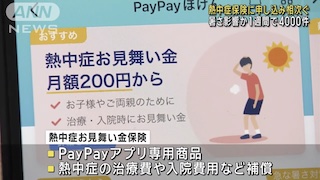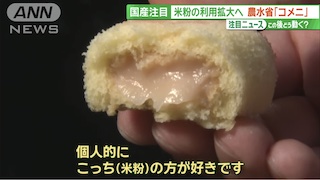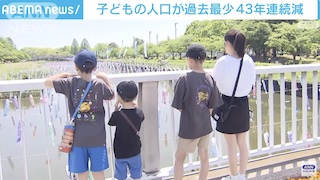Jul 06 (East Asia Forum) - In April 2023, the Japanese government approved a new draft amendment to the Special Zones for the Structural Reform Act.
The amendment primarily aims to scale up farming and increase agricultural productivity in Japan. The 2020 Census of Agriculture and Forestry shows the average area of agricultural land per farm entity is 3.1 hectares, which is less than one-fifth of the typical farm size in the European Union and less than one-sixtieth in the United States. The government also expects corporations will make efficient use of Japan’s abandoned farmlands — which currently total over 0.4 million hectares.
Allowing corporations to own agricultural land will encourage outsiders to enter the farming industry. The government expects the change to lead to an increase in the number of workers in the sector, where a majority of farming entities are still family-owned.
Corporations can be a good entry point for young prospective farmers, which is crucial considering Japan’s agricultural population is rapidly ageing and decreasing. Starting a career in agriculture as an employed farmer has become common.
But the amendment will not boost labour supply in the agricultural sector immediately. This will take a long time. Despite the amendment, each municipality must first submit a request to the Japanese government and have tracts of land approved as a Special Zone before corporations can own farmland in their jurisdictions. This is because Japan’s Cropland Act — an important law protecting smallholders and regulating the use of arable land — remains intact.
The Cropland Act is based on the idea that individual farmers should own their farmlands. The act firmly restricts farmland ownership by non-farmers. But the law requires an update as the economic environment surrounding agriculture in Japan has changed substantially.
While the act was amended in 2009 to allow corporations to rent farmland, the law did not allow them to own the land and failed to incentivise newcomers to enter the farming industry.
The Cropland Act is closely intertwined with the history of Japan’s land tenure system and agriculture. The government had long owned land in Japan. It was only in 1873 — at the beginning of the Meiji period — that the private land ownership system was introduced with the implementation of a land-tax reform called chisokaisei. The reform imposed heavy taxes on tenant farmers and widened economic gaps between farmers and landlords.
After the Second World War, the Japanese government overhauled the landlord system in order to form democratic rural societies through the establishment of landed farmers. In 1946, the government introduced agricultural land reforms and expropriated farmlands from landlords. The lands were redistributed to small-scale farmers at very cheap prices.
In 1952, the Cropland Act was enacted with the intention ‘to stabilise the status of cultivators and boost domestic agricultural production’. The act strictly regulated farmland transactions so that people who did not engage in farming could not own large tracts of farmland.
The government established several key organisations that continue until today to maintain this system.
Locally elected agricultural committees were set up in almost every municipality. They granted permission for farmland transactions and provided opinions on the conversion of farmland to other uses. In 1947, the Agricultural Cooperative Act was enacted, and numerous agricultural cooperatives were established to support the economic independence of small-scale farmers by providing farming guidance and assisting with the marketing of agricultural products.
Despite Japan’s success in establishing the landed farmers system, reforms failed to bring sustainable development to agriculture in Japan. This was because, contrary to its purpose, the Cropland Act did not oblige farmers to use their lands as farmlands.
Farmlands became a secure private asset for farmers in Japan. Many started choosing to leave their farmlands idle. Together with high economic growth, postwar Japan experienced a jump in land prices, which encouraged farmland conversion. From 1969 to 1974, over 50,000 hectares of farmlands were converted to non-agricultural uses annually. The high land prices prevented farmers from expanding.
At the same time, Japan experienced a substantial increase in the number of farmers with side jobs. They accounted for 78 per cent of farmers in 1965 and reached 86 per cent in 1980. Many of them engaged in farming only on weekends and could not make a living out of farming alone.
In 1961, the Agricultural Basic Act was enacted to improve this situation by scaling up farming practices. But reforms to increase the liquidity of farmland assets were strongly opposed by agricultural cooperatives and opposition parties, which argued they would threaten the livelihoods of farmers.
The vision of the Cropland Act — protecting individual farmers to stabilise the country’s domestic food production — did not work out. The act allowed farmers to keep farmland without using it and restricted the entrance of newcomers, such as corporations.
Family-owned farming alone cannot sustain Japan’s declining agricultural industry anymore. Reconsidering the Cropland Act will improve commercial accessibility to the sector and help revitalise Japanese agriculture.
Author: Yusaku Yoshikawa, JIN Corporation
Yusaku Yoshikawa is Aid Consultant at JIN Corporation.
...continue reading









